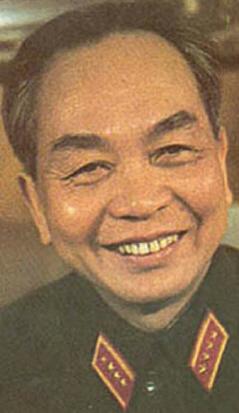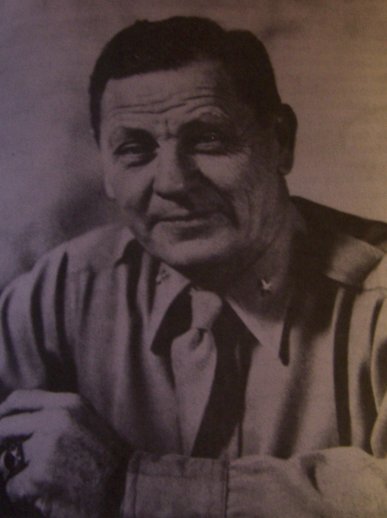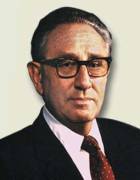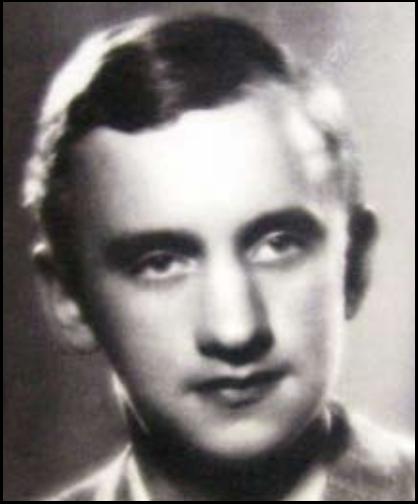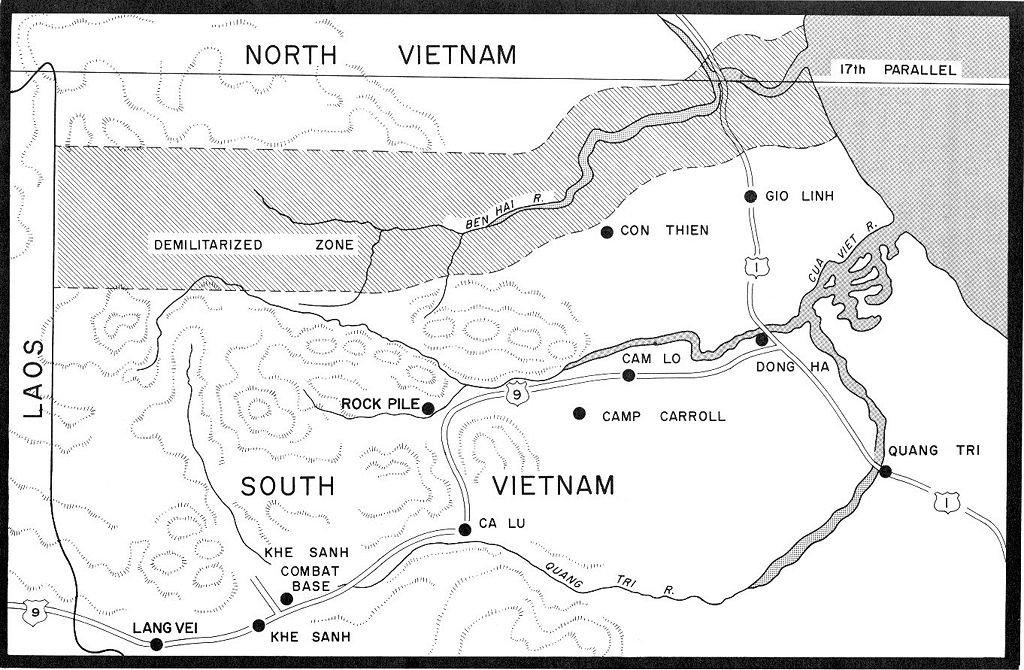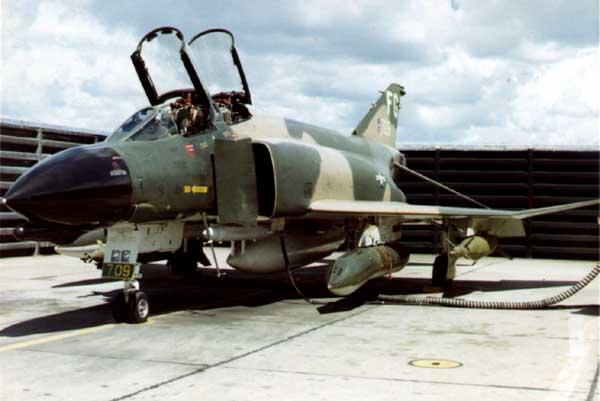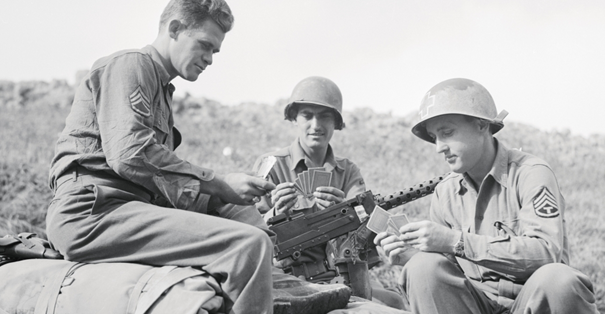
A deck of cards on the battlefield
"As you can see, sir, my deck of cards served me as well as the Bible, the prayer book, and the calendar," Soldier T. Texis Taylor explains to his commander about the deck of cards in a familiar story set to music by the Rangers. (paid advertising)


